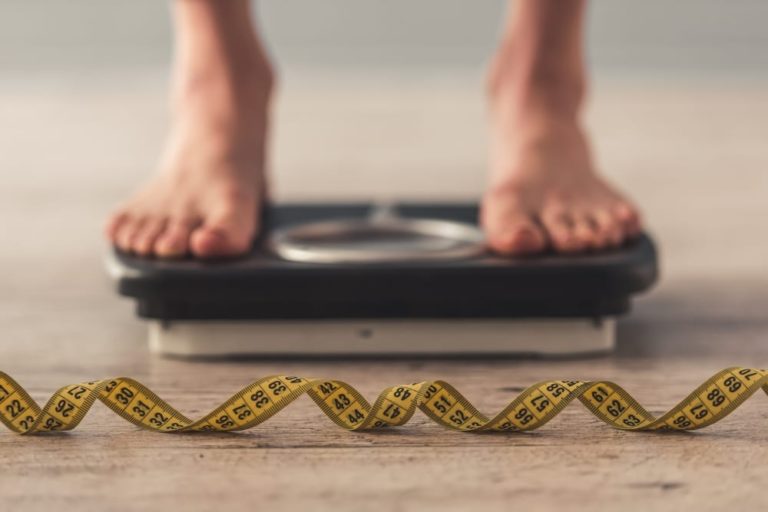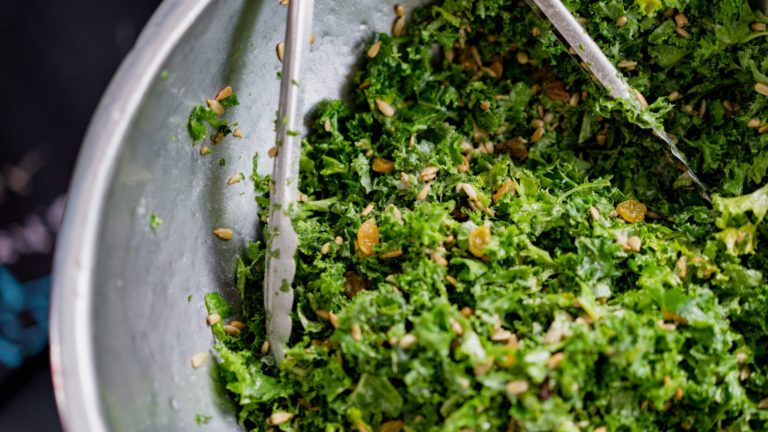Fat is a great source of energy. If you are on a low carbohydrate diet, you should by no means eat low fat. Because especially in a low carb diet, the body needs the energy from high-quality fatty acids. But not all fat is the same. Today’s Bites of Knowledge offers an overview of which fat sources are the best and which you’re better off avoiding.
The best sources of fat – The daily bite of knowledge

Table of contents
1. good fats for frying
Fats that you use for frying must be particularly stable. Saturated fatty acids are best suited here. They are by no means “the enemy” or unhealthy. The right saturated fats are a brilliant source of energy for an optimal supply of body and brain. While unsaturated fatty acids can become harmful trans fatty acids if heated too high, saturated fatty acids remain intact even when heated strongly. That said, you should never blacken your meat in a smoking pan.
Animal fat sources in particular are ideal for frying. Ghee (clarified butter) from pasture butter or bacon from organic pork are aromatic and make an excellent base for fried dishes. Coconut oil, an almost completely saturated fat, is also fine and stable.
If it’s essential for flavor, you can use olive oil now and then, as long as you don’t overheat the pan. However, it is better to add the oil over the dish only after frying. You should generally never put other vegetable oils in a hot pan.
Du möchtest dich auch gesünder ernähren?

2. high quality oils for refining
Sensitive vegetable oils are perfect to refine hot dishes or salads after preparation. Some oils are more suitable than others due to their fatty acid composition (e.g. omega-6 and omega-3 fatty acids). You can find our recommendations in the overview below.
Oils should always be stored in a dark, well-closed glass bottle, because the sensitive fatty acids can oxidize more easily due to exposure to light and oxygen. Under no circumstances should you store oils on the windowsill, where they are exposed to the blazing sun for hours at a time.
Of the oils that should be used rather rarely according to the overview, you should not use more than 1 tablespoon per day in total.
3. healthy sources of fat as a topping
For that extra dose of flavor and crunch, toppings on dishes are an additional option. Avocado and macadamia nuts are the best choice here. But you can also sprinkle other seeds and nuts over your dishes. Only peanuts are taboo.
Of the nuts and seeds, which according to the overview should be used rather rarely, you should eat a total of no more than a handful per day.
4. fatty sea fish and marbled meat
For fish and meat, the catch and rearing are the most important criteria. Fish should come from either organic aquaculture or sustainably certified wild catch. Cattle, pigs and poultry should eat natural food and not be fattened with grain and concentrated feed.
5. overview of different fat sources
Tip: For a better overview, hold your smartphone in landscape format or view the table on your PC.
| Usage | Good sources of fat | Bad sources of fat |
|---|---|---|
| For frying | Ghee from pasture butter
Pasture butter (not too hot) Coconut oil Lard from organic pork Bacon or bacon fat from organic pork Beef tallow from pasture beef Olive oil (rare, not too hot)
|
Clarified butter / butter from conventional milk
Coconut fat obtained chemically Margarine Vegetable oils except coconut oil and very rarely olive oil hydrogenated or non-hydrogenated vegetable fat Fats from animals from conventional farming |
| To refine | Avocado oil
Macadamia oil Olive oil MCT oil Walnut oil (rare) Sesame oil (rare) Pumpkin seed oil (rare) Hemp oil (rare) |
Sunflower oil
Peanut oil Rapeseed oil Soybean oil Wheat germ oil Corn oil |
| Topping | Avocado
Macadamia Walnuts, hazelnuts, almonds, cashews, pecans (rare) Sesame seeds, hemp seeds, pumpkin seeds, pine nuts (rare) |
Peanuts
|
| Fish / Meat | Wild salmon from sustainable catch
Salmon from organic aquaculture Tuna from sustainable catch Sardines, herring, mackerel, carp, flounder, trout, eel, catfish in high quality Pasture beef marbled meat Bacon and meat from organic pork Skin from organic poultry |
Salmon from conventional aquaculture
Salmon and tuna from trawl fishery Meat from conventional cattle Bacon and meat from conventional pork Conventional poultry skin |
Always stay up to date with our Newsletter.
The daily* bite of knowledge
This new section is intended to provide a brief look at topics in nutrition science.
(* almost daily)
Similar posts by Foodpunk

What actually is Jerusalem artichoke? – The daily bite of knowledge
Topinam...what?? While the average German has never heard of this plant with the strange name, Jerusalem artichoke is now widely used in low carb circles.

Why don’t I lose weight despite low carb?
In this article we give the answers!

5 tips for a bear strong immune system
If you want to give your immune system a real power boost, take these 5 food punk tips to heart.

What actually is erythritol? – The daily bite of knowledge
We have summarized all the pros and cons in this small article.

In 10 steps to becoming a food punk
More zest for life, vitality and health! Lose weight and feast at the same time! Supply the brain with energy! All this can be achieved with the right dietary changes.

What is cortisol? – The daily bite of knowledge
Cortisol is a hormone produced in the adrenal cortex. Because of its effect on the body, it is often referred to as "the stress hormone."

Lauric acid – healthy fatty acid from the coconut
What actually is lauric acid. Is the hype around them justified? Everything about the occurrence and effect of the fatty acid can be found in this overview article.

Reader Question of the Month – Can children also eat xylitol?
Are children also allowed to eat xylitol? In this post you will learn the answer!
